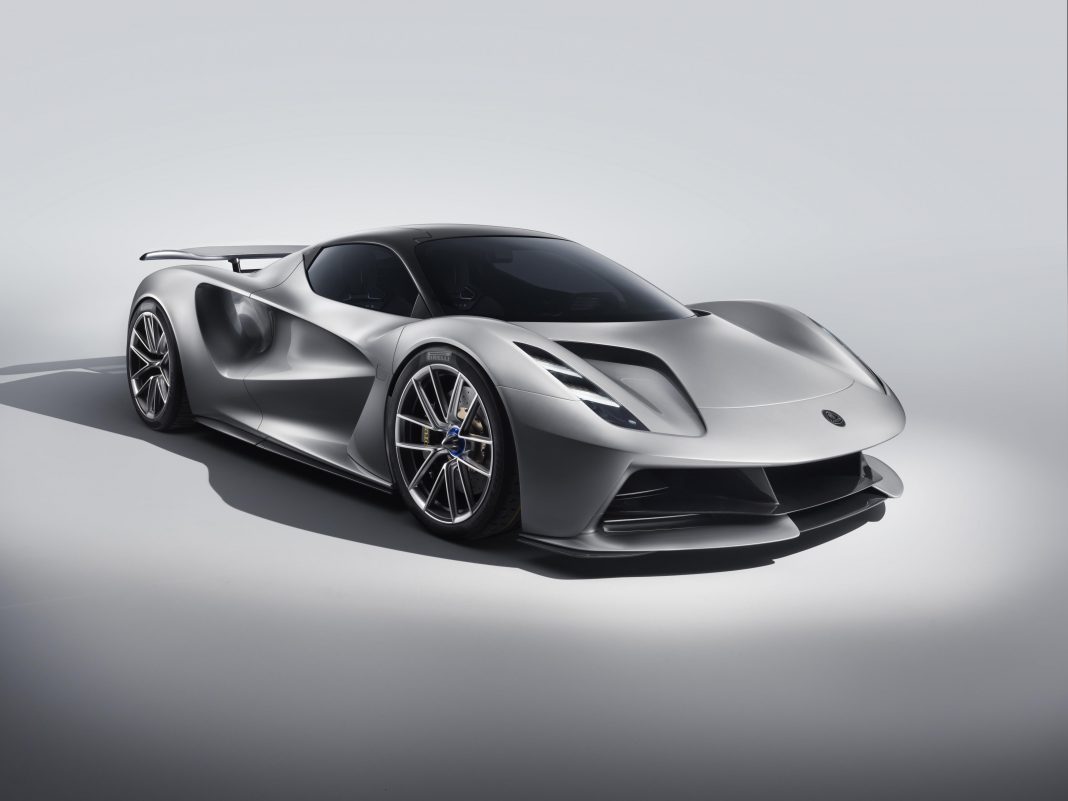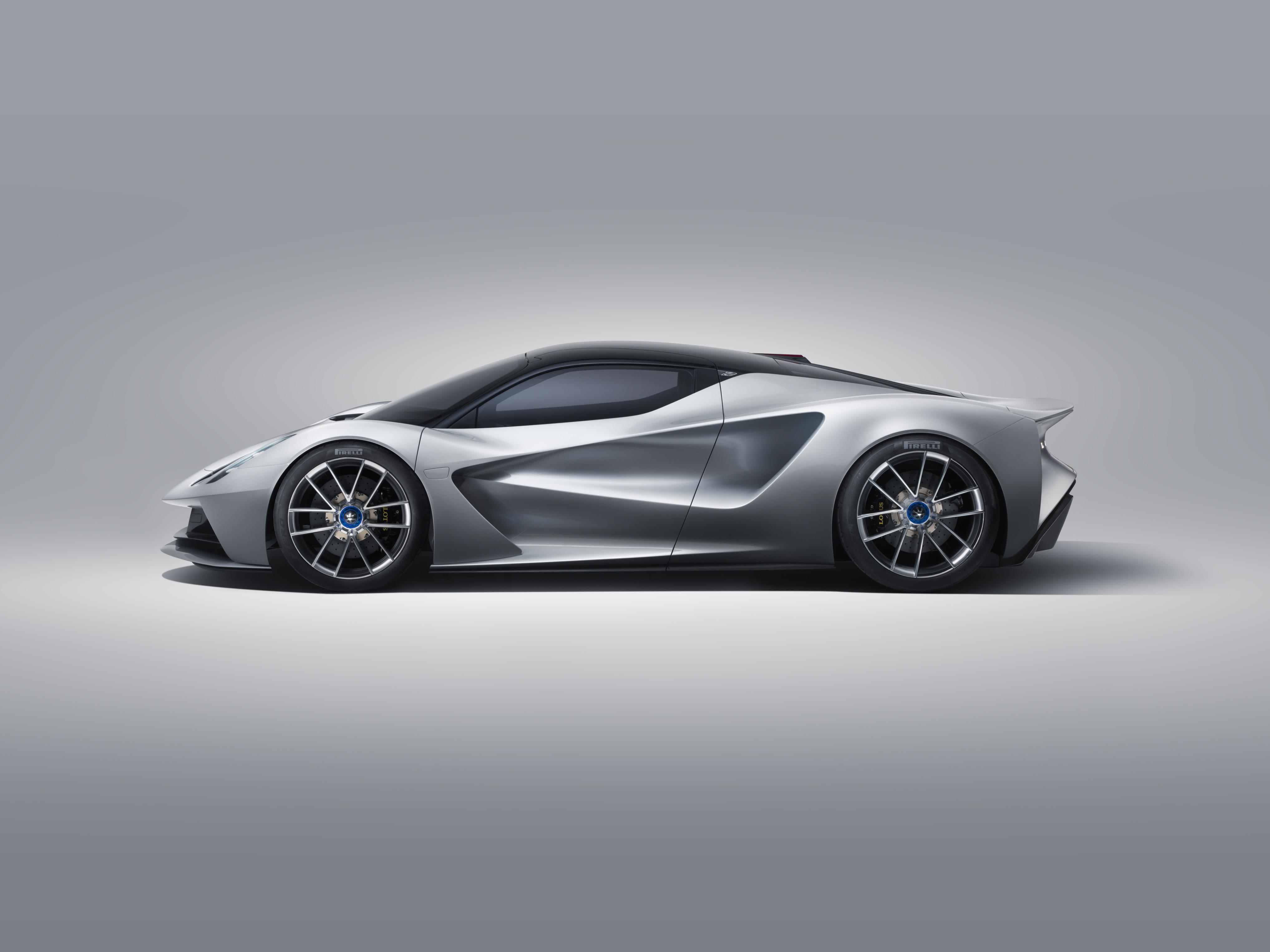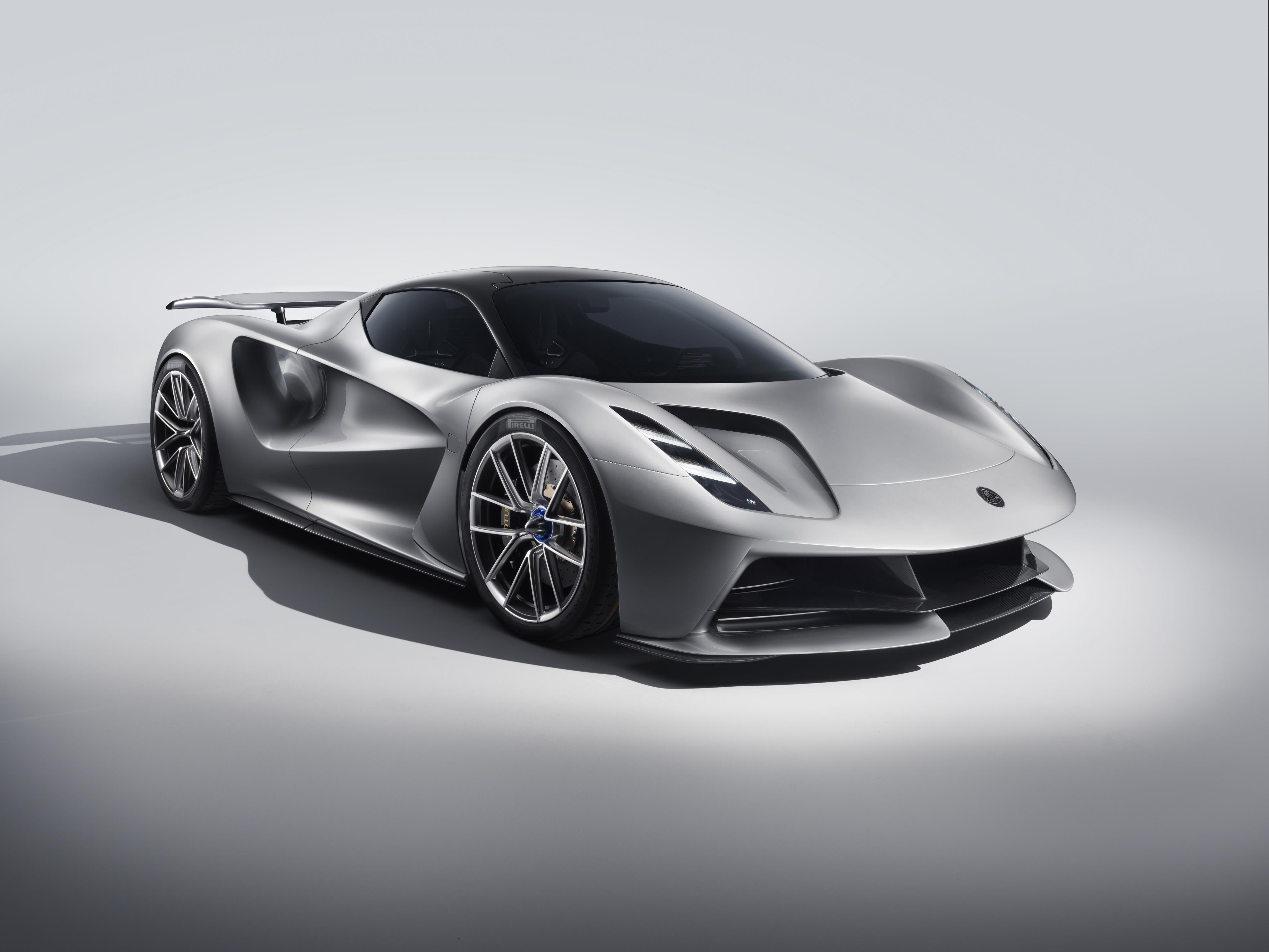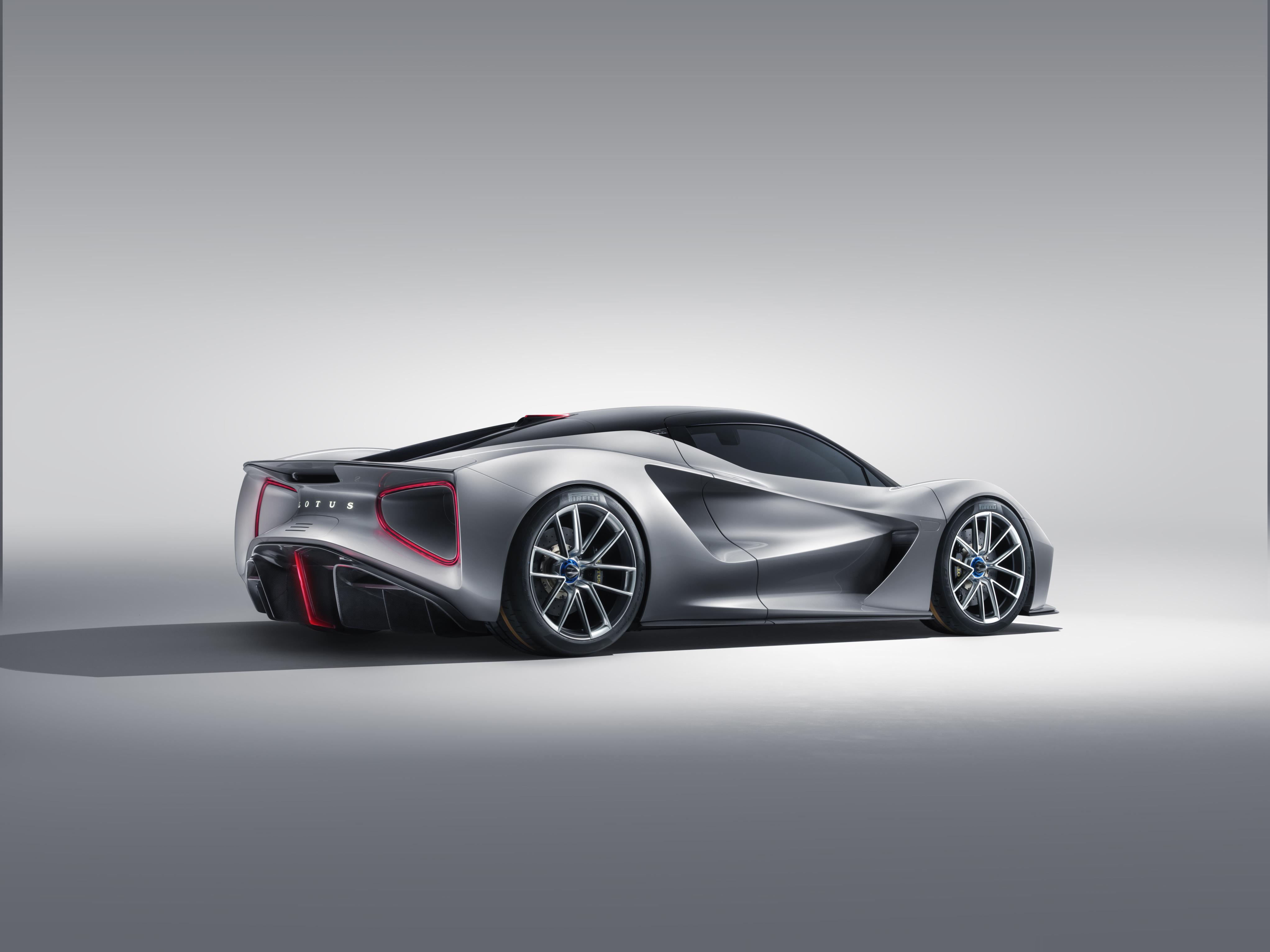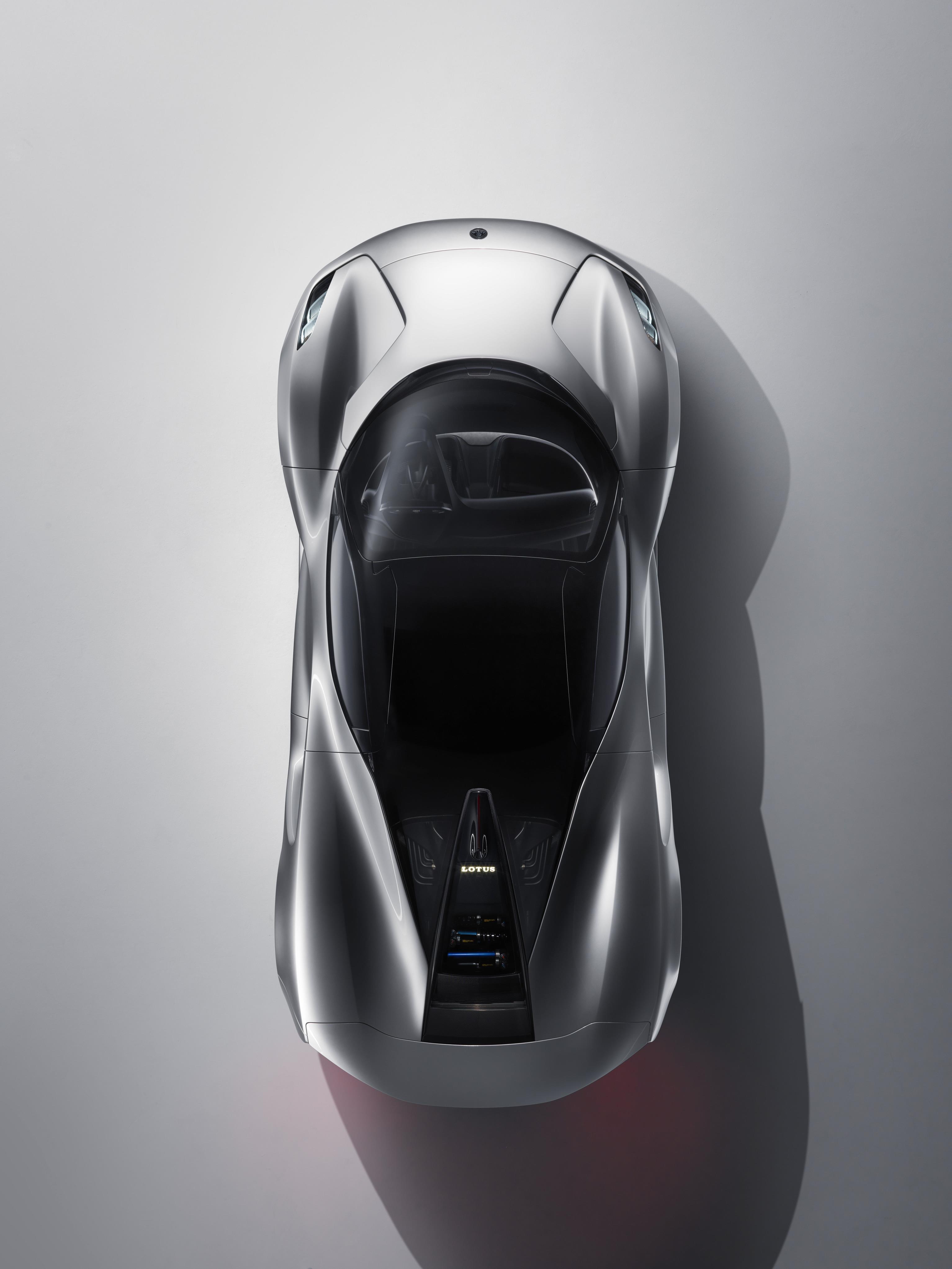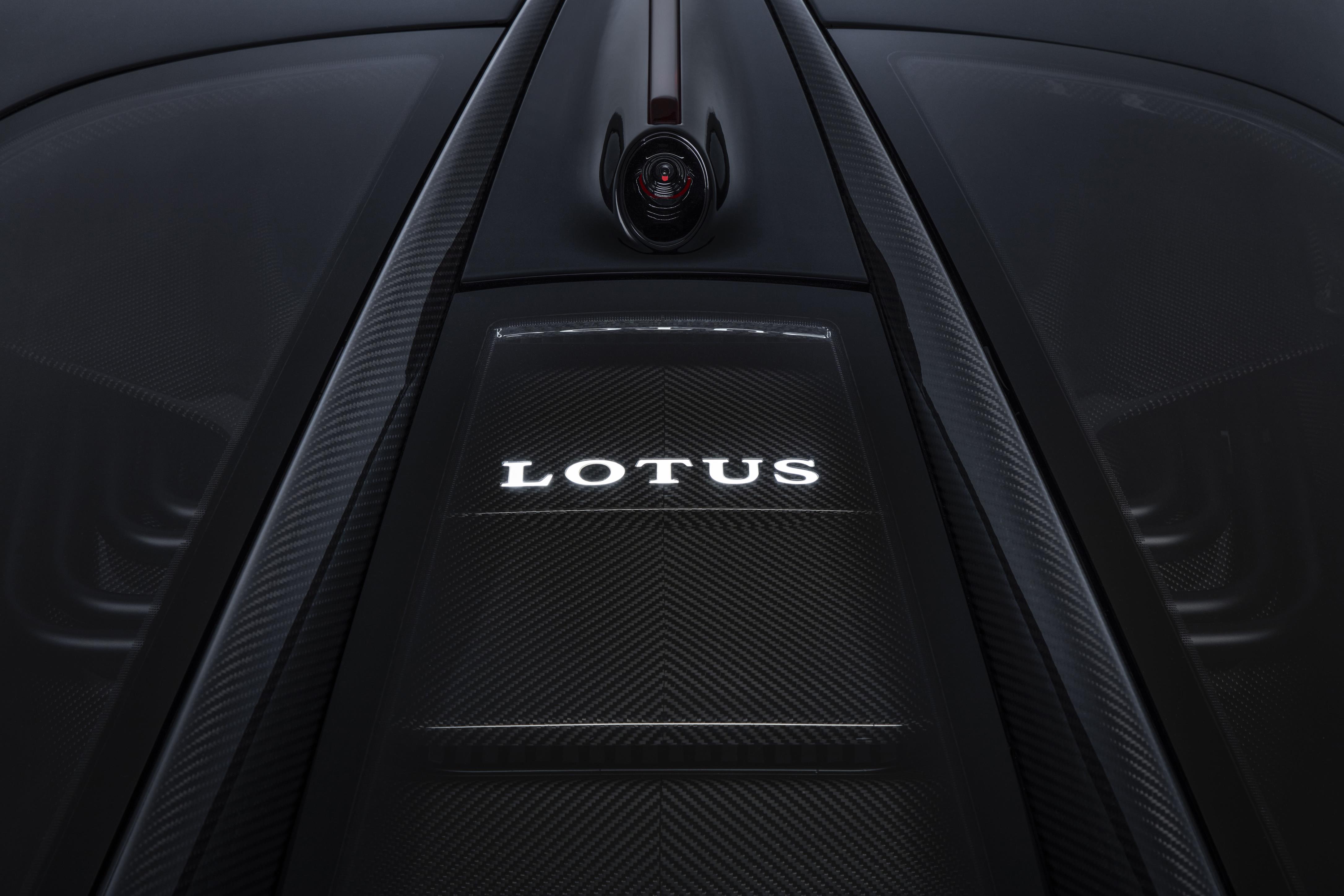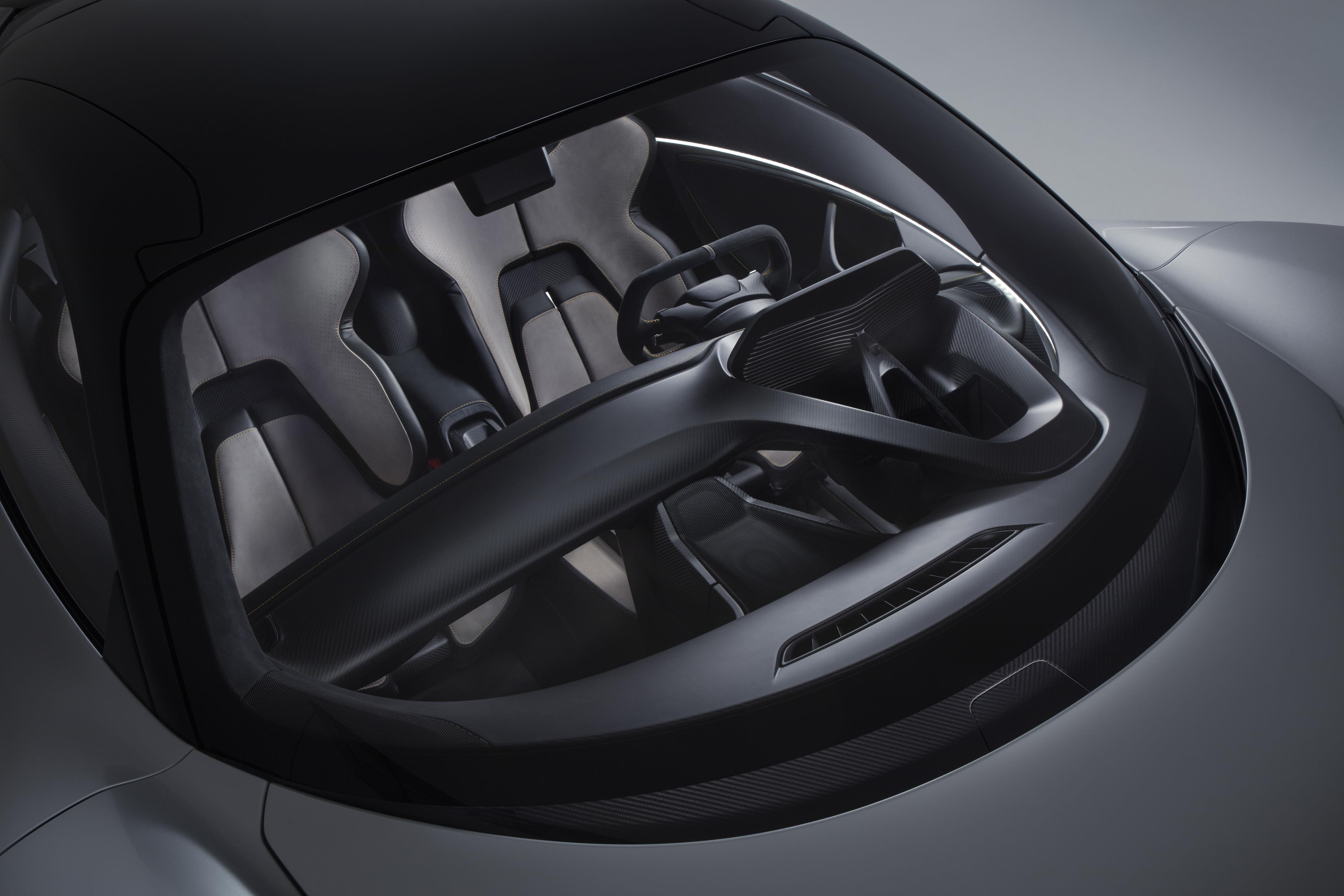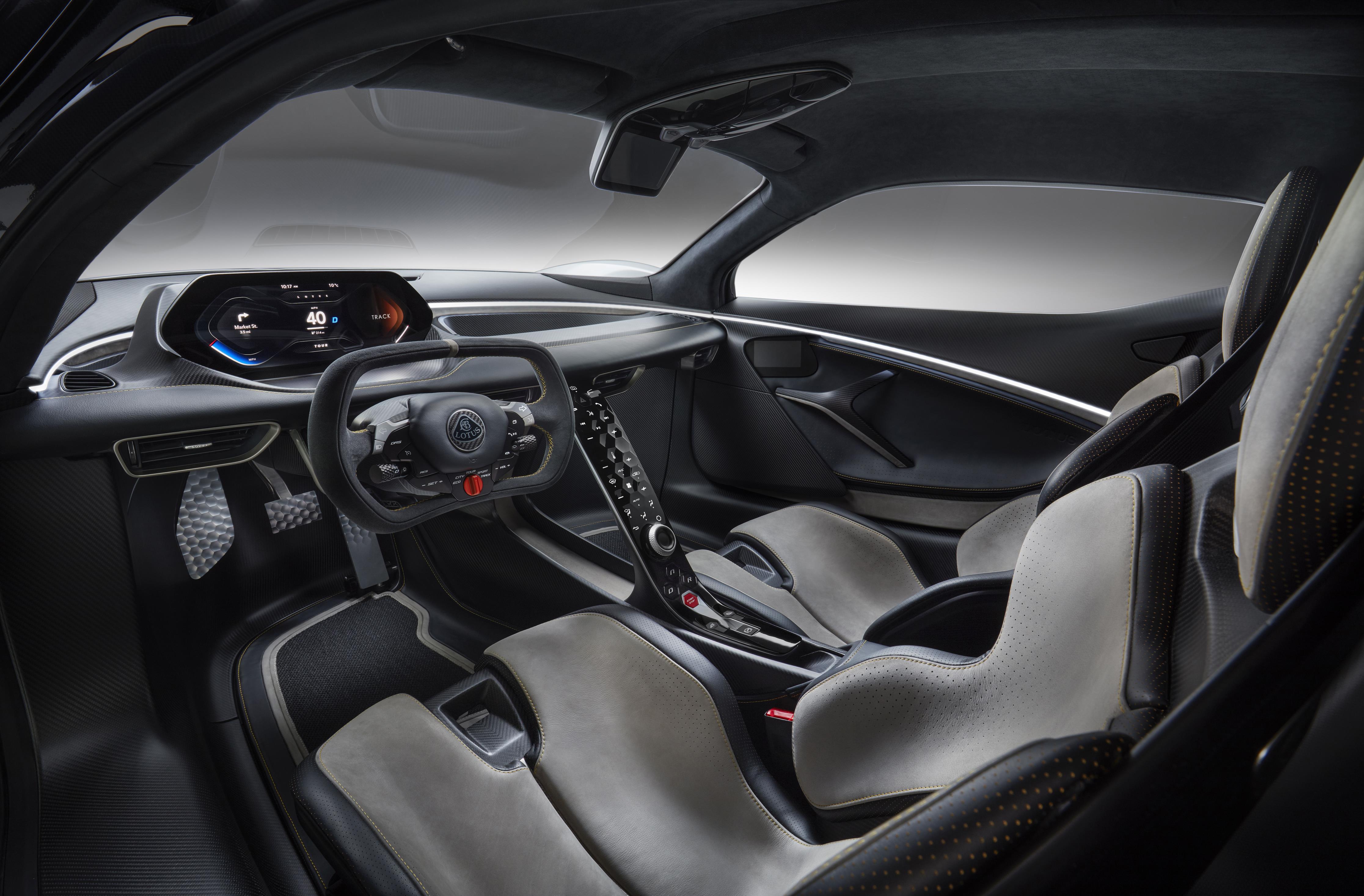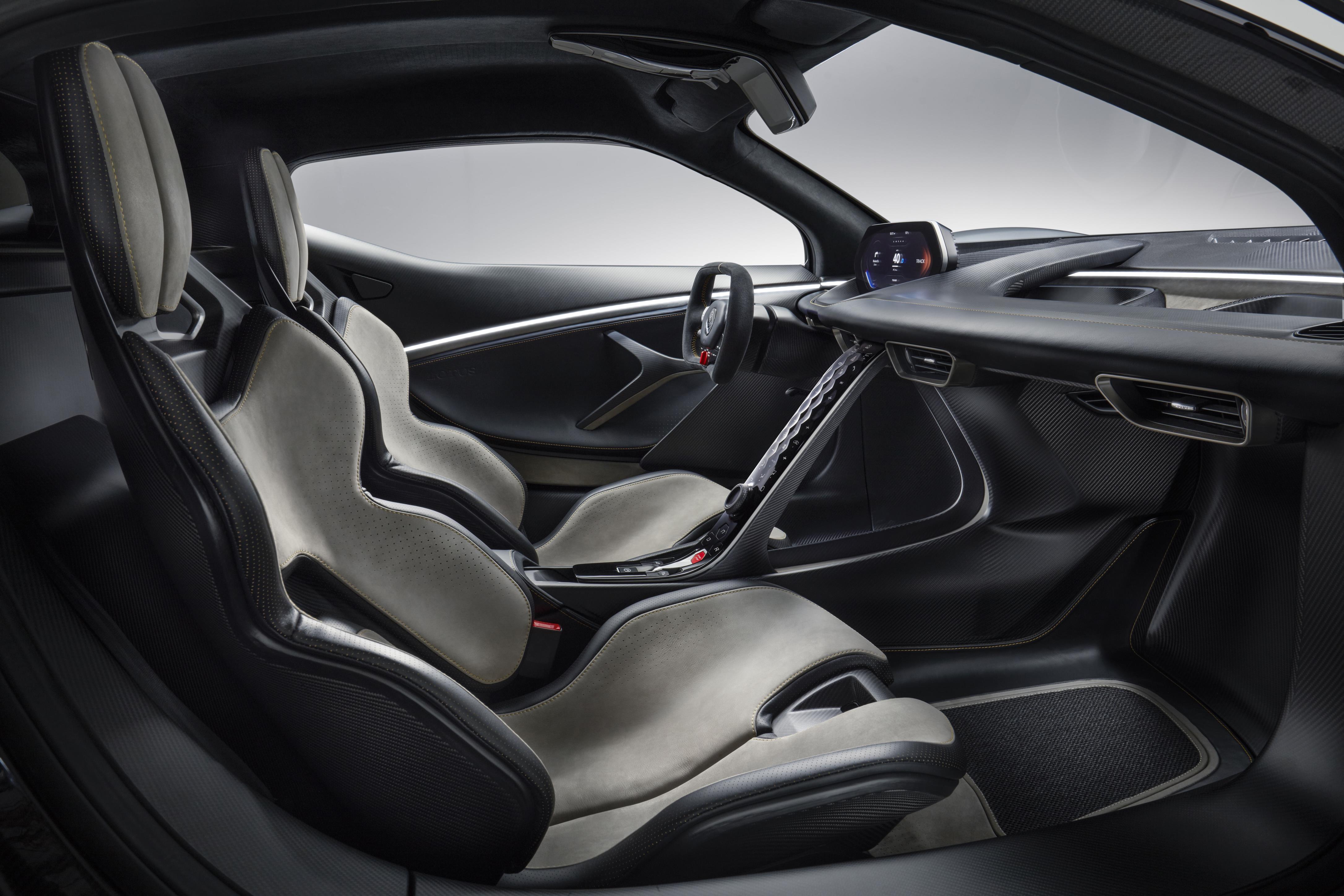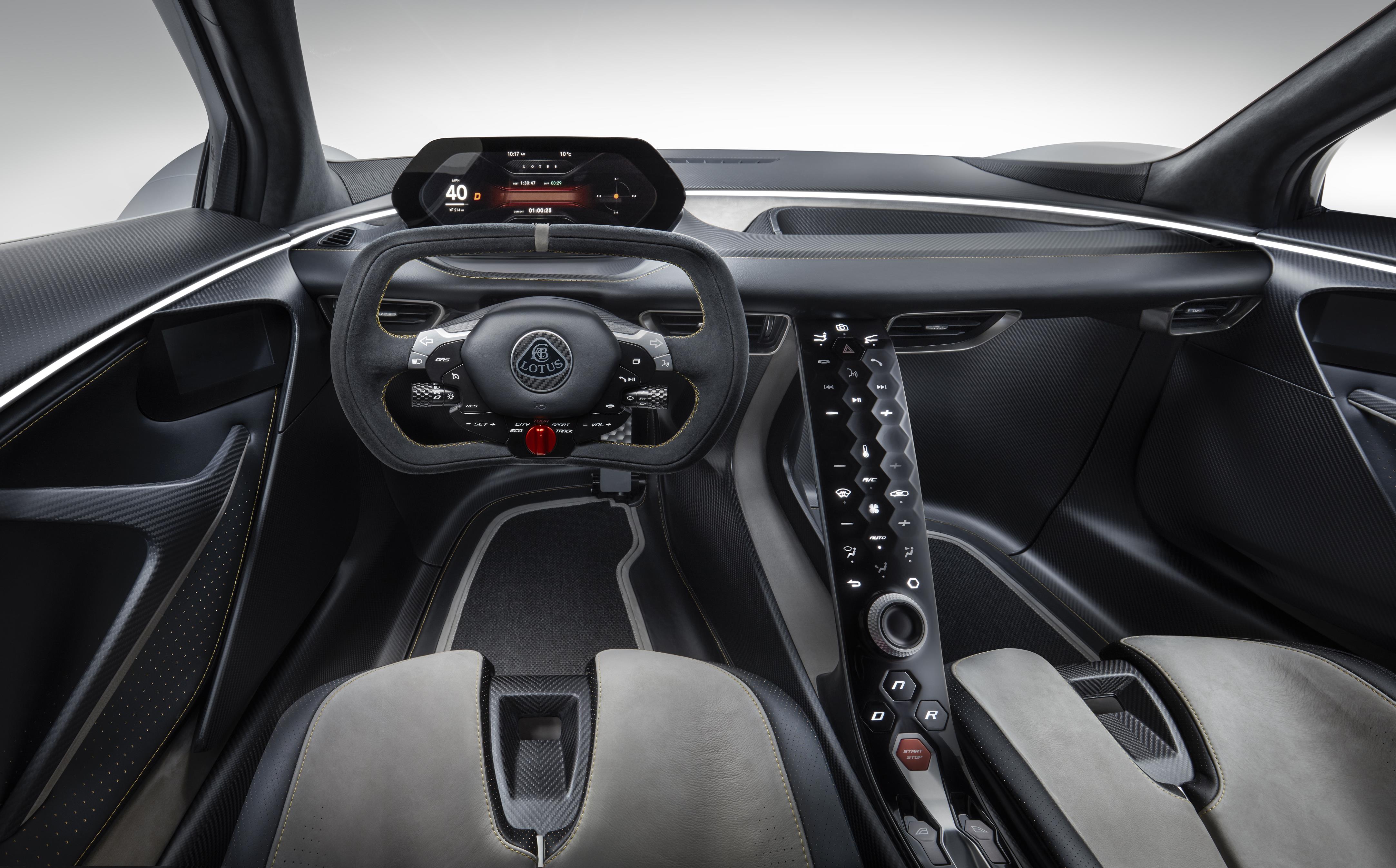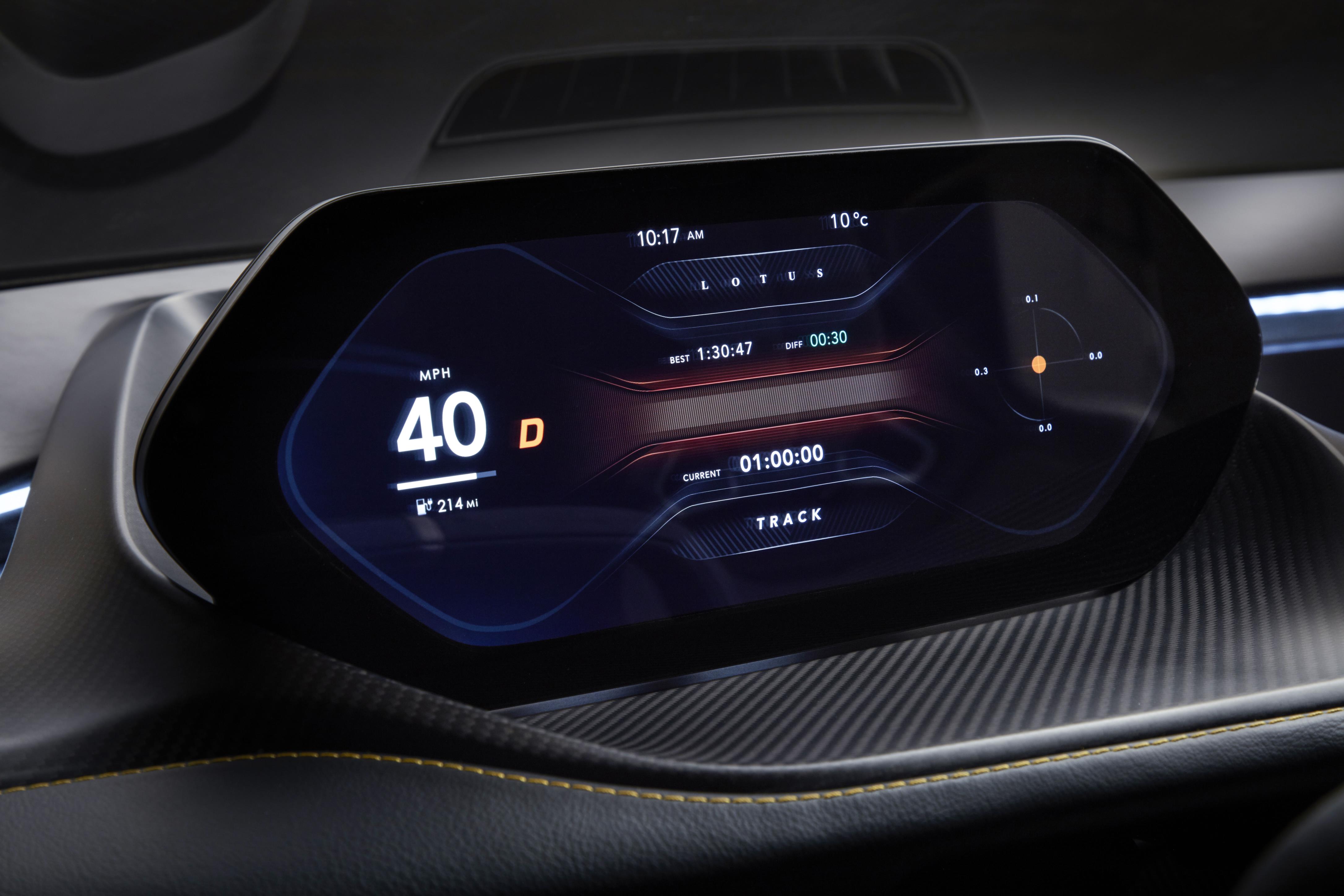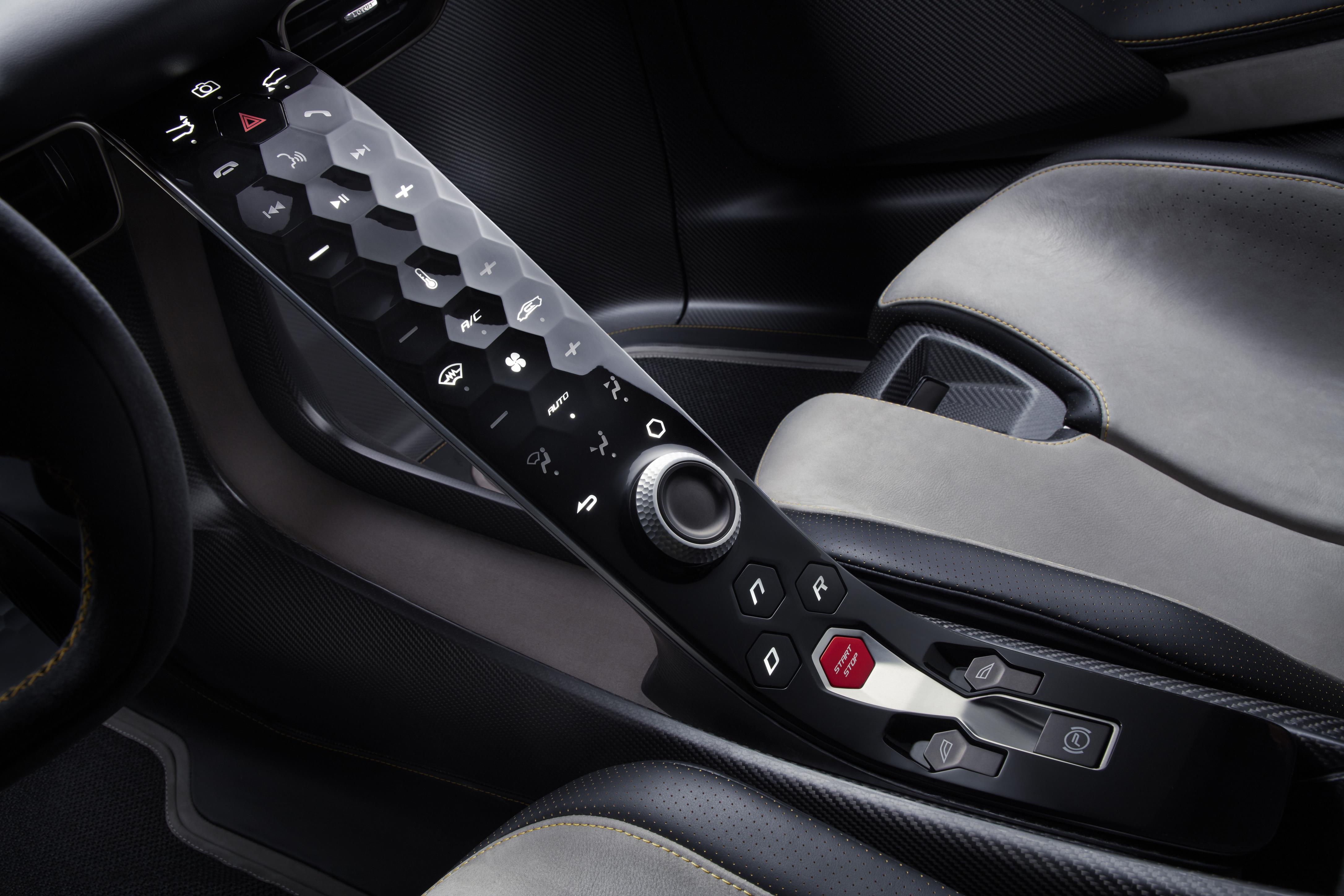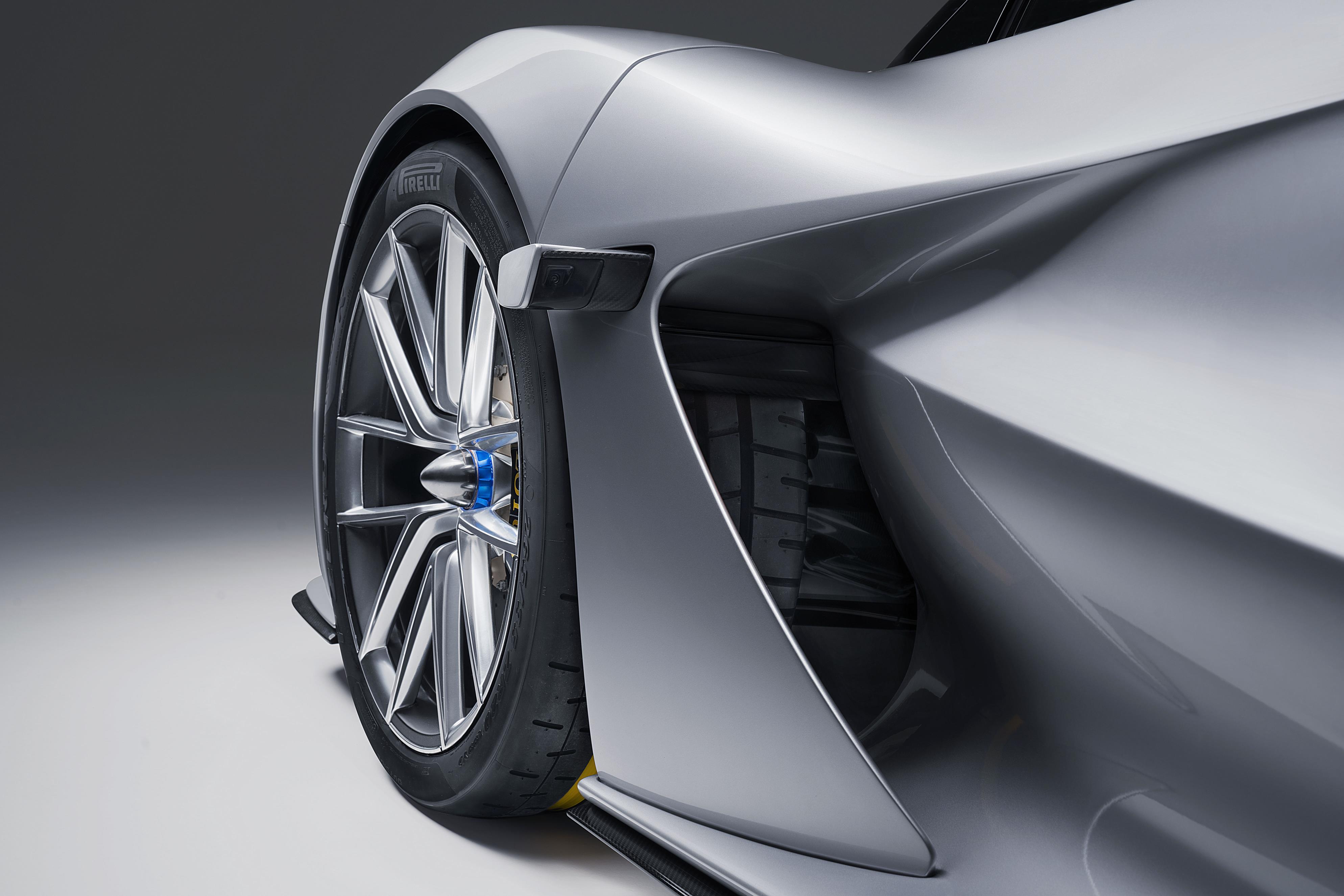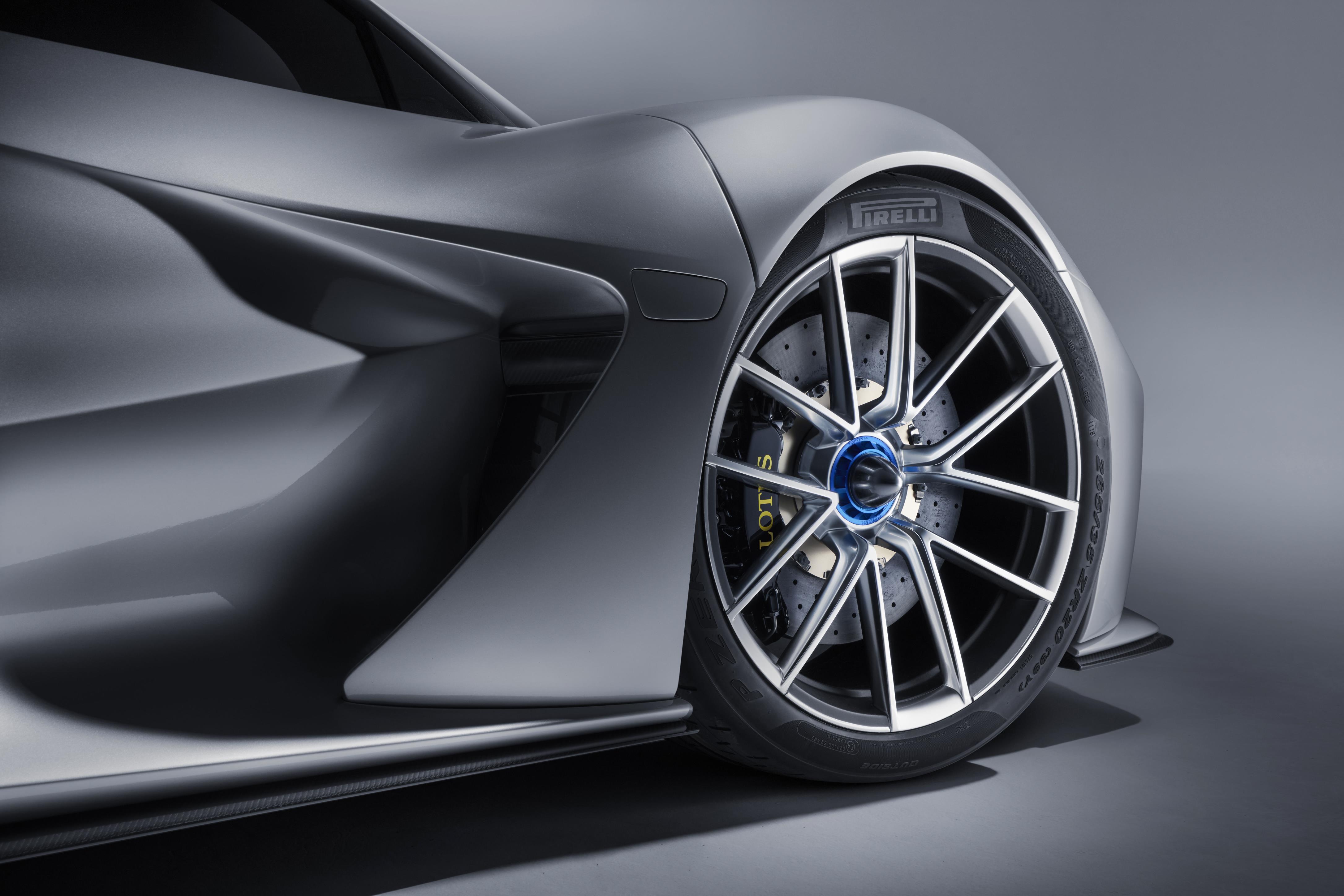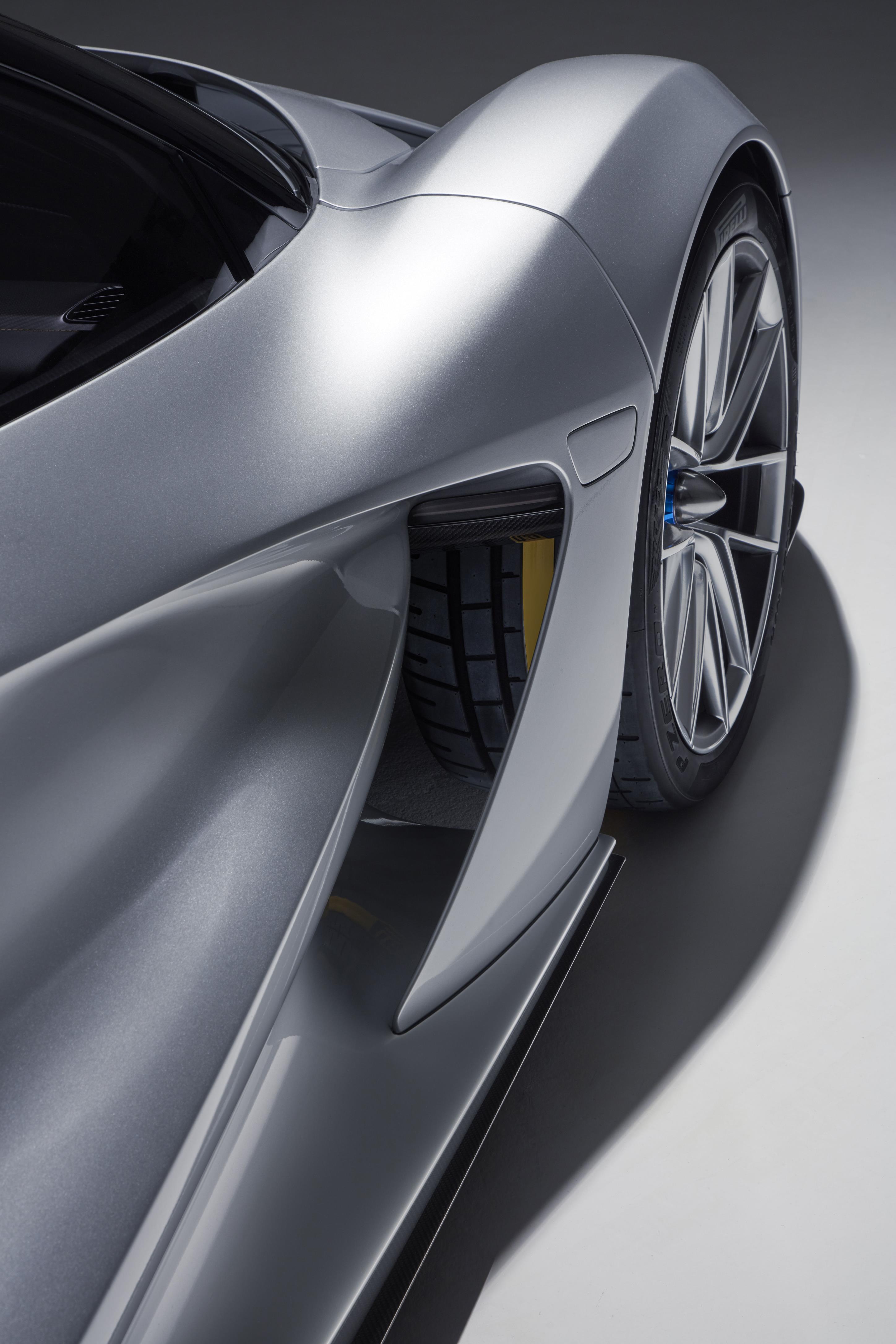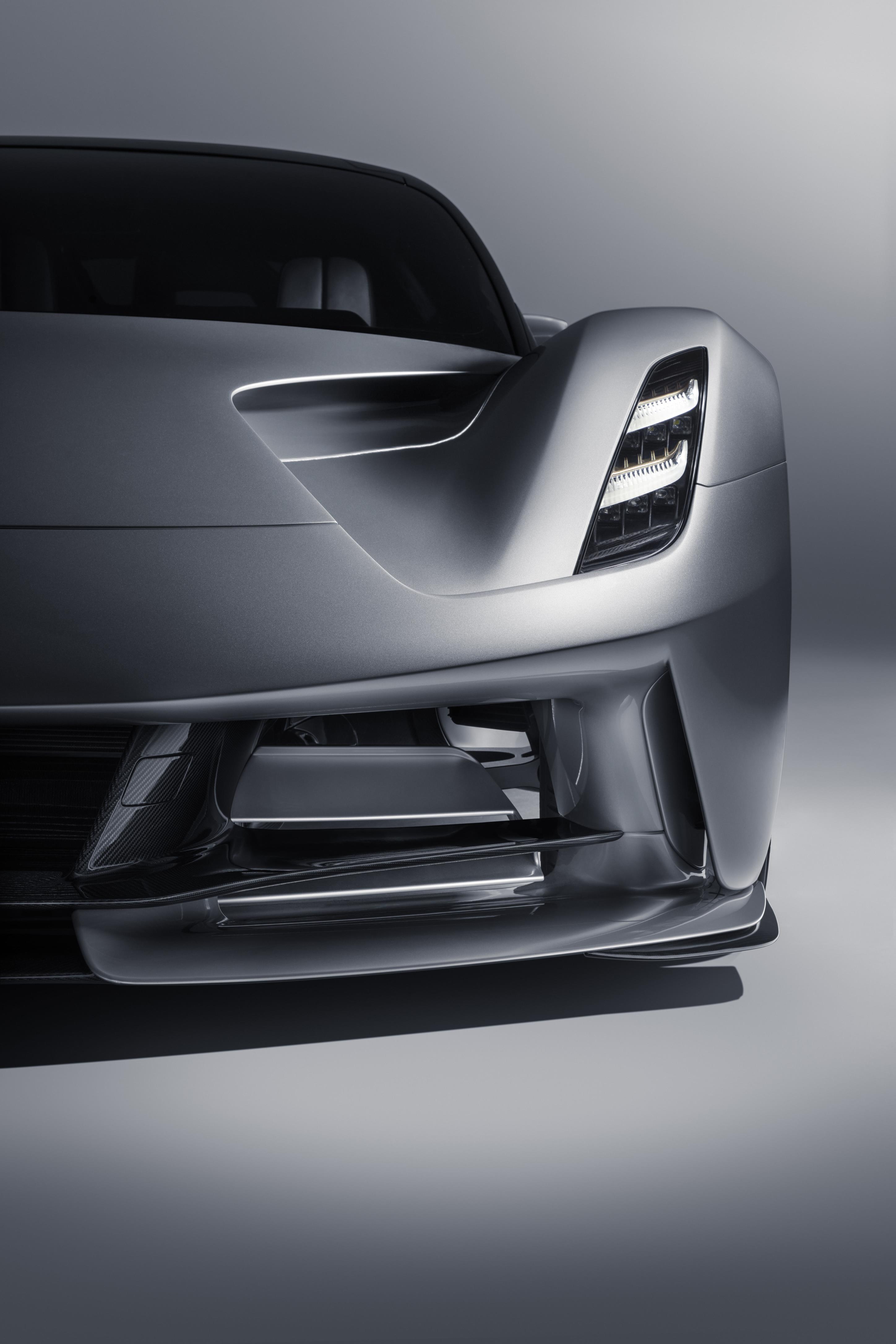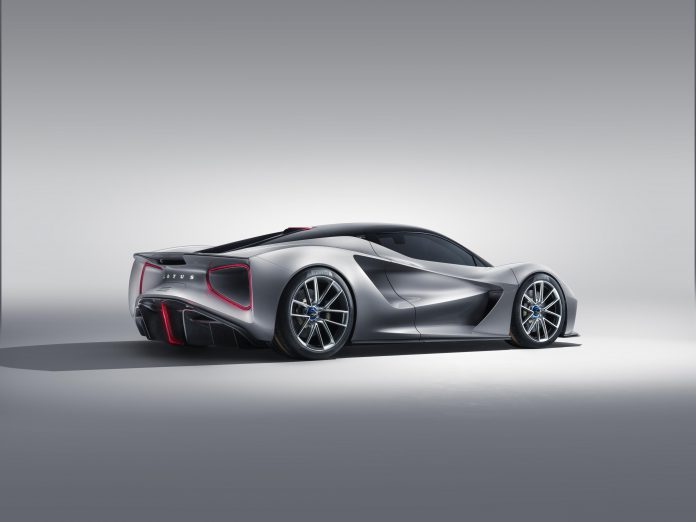Lotus has historically forged a name for itself as an innovator. It pioneered important performance innovations, championing lightweight over sheer power. The brand new Lotus Evija, unveiled today in London, previews something altogether different. The tag line reads “the first all-electric British hypercar”.
Lotus’ long-awaited hypercar makes some bold claims. Far from being a variant of an existing model, the Evija is a brand new package. Designed from the ground up to be an electric hypercar. It is also the first car developed since the company was bought by Geely. Production is set to begin in 2020 and, whilst in development, the Evija will use the project code Project 130 in tribute to the traditional Lotus nomenclature.
The Lotus Evija is said to feature a new contemporary design language which Lotus will use on upcoming projects. It uses a carbon fibre monocoque chassis supplied by CPC of Modena. It incorporates a Venturi tunnel through each side of the rear quarter and red LEDs surrounding the vents. Lotus are targeting a weight of 1,680 kg. The chassis is draped in carbon fibre bodywork with he front splitter designed to cool the battery pack.
Active aerodynamics can be seen in the rear spoiler which is electronically controlled with an F1-style Drag Reduction System. The rearview mirrors are replaced with cameras which also reduces drag. Images from the wing-mounted cameras are displayed on three interior screens.
The powertrain has been developed in partnership with Williams Advanced Engineering. The battery pack is mid-mounted behind the two seats and powers four e-motors. Lotus claims that it is the lightest, most power-dense power package ever fitted to a road car. Lotus is aiming to use an 800 kW charging system once these become available, with a 350 kW unit, the Evija will charge to 80% in just 12 minutes, taking 18 minutes to reach 100% – a range of 400 km.
Power has been stated a 2,000 PS with 1,700 Nm of torque. Being electric, this is available instantly. It is supplied via a 2,000 kW lithium-ion battery. Four single-speed, helical gear ground planetary gearboxes transfer power to each driveshaft. Torque vectoring will be available and ESP will ensure grip. Steering is handled through an electro-hydraulic system. The powertrain will utilise five driving modes, Range, City, Tour, Sport and Track.
The incredible power statistics translate into blistering performance too. 100 km/h should be possible in under three seconds with a top speed in excess of 320 km/h.
The Lotus Evija will use laser light headlights which incorporate both main and dipped beams for the first time. Developed by Osram, the light modules are compact. Infotainment also looks to be class leaning. The cabin is inspired by 50’s and 60’s prototype racers. Visible carbon fibre and metal surfaces give a high-quality look. Carbon fibre shell seats, a three-point harness and an LMP-style steering wheel give a driver-focussed look.
It is easy to be sceptical of a newly revealed Lotus, yet the information is all there. The collaborations have been announced and production of the Lotus Evija is apparently to begin in 2020. It will have stiff competition from the likes of the Pininfarina Battista and the Rimac Concept_One (both of which look like they will be heavier). With a projected price of £2 million, the Lotus Evija is pitched at the very top of the market. 130 are on offer. Would you place an order?

